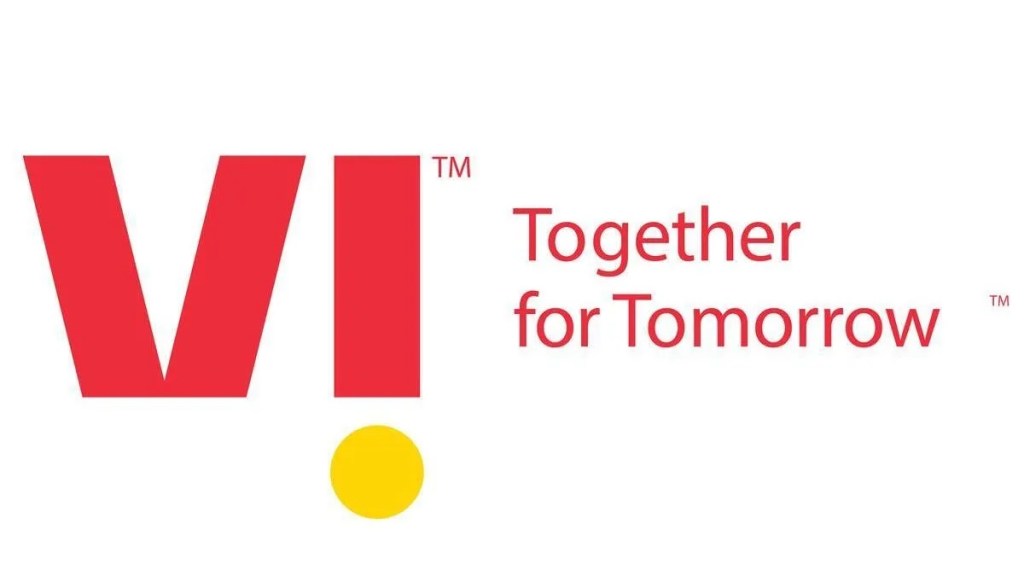With Vodafone Idea CEO Akshaya Moondra stating on Wednesday that the company will have to pay Rs 43,000 crore as regulatory dues to the government once the moratorium ends in 2025, analysts on Thursday said the company may require another round of equity conversion from the government, along with several fundraising rounds to sustain operations.
This is because of a remote possibility of any major fundraise by the company, higher than estimated subscriber churn, possible loss of high quality subscriber base with a delay in 5G rollout, and continued weakness in cashflows in the absence of significant tariff hikes.
“Cash flow and debt issues would worsen once the moratorium on regulatory payment ends. The company would need frequent (but required) equity infusions, with potential dilution to the shareholders,” said Credit Suisse.
“The government equity conversion of Rs 16,100 crore gives VIL some breathing space, but it remains a drop in the ocean of the huge Rs 2.2 trillion debt. VIL needs to improve Ebitda (tariff hikes) and simultaneously reduce debt (raise equity) to remain financially viable. It also needs to invest in the network and arrest subscriber decline. The above three conditions are necessary, but might still not be sufficient for its long-term sustainability,” Nuvama Institutional Equities said.
Of the Rs 43,000 crore dues after the moratorium, the regular AGR (adjusted gross revenue) and spectrum-related dues would be Rs 9,100 crore and Rs 16,500 crore, respectively, whereas the deferred AGR and spectrum dues from the moratorium will be Rs 7,400 crore and Rs 10,000 crore, respectively. As part of the reform package, operators can ask the government to convert pending deferred regulatory dues into equity again, but that will only be at the discretion of the government.
In fact, comments from Moondra during the call with analysts also hint towards Vodafone Idea choosing to avail a second round of equity conversion. “The reforms package also provides that these instalments can be converted to equity and the adjustments can be made for each and every instalment independently post the moratorium period. So, when one looks at these instalments, these are to be seen a little differently. One is the regular stream of instalments and the second is the instalments arising out of the deferment, which is governed by the reforms package and they may have somewhat dispensed implications going forward,” Moondra said.
JPMorgan said its “base case remains that Vodafone Idea will be a going concern”. “…we assume in the long term that a part of outstanding debt on spectrum and AGR will also be equitised by the government. While headline sub losses sustain, key driver for the stock post equitisation of part government debt is debt refinancing and capital infusion in the medium term,” it said.
Citi said in a note that VIL’s overall leverage “remains a significant concern, with considerable uncertainty on the ability of the company to meet its enhanced payments to the government after the moratorium period ends”.
Vodafone Idea’s board has in the past approved a fundraise of about Rs 25,000 crore, out of which the company has received around Rs 5,000 crore from its promoter group. According to experts, the company would need around Rs 40,000-60,000 crore to get back on track.
At the end of the December quarter, the company’s cash balance was Rs 160 crore, and to grow its cashflows it would require significant tariff hikes. The company is yet to launch 5G services, which is also dependent on the fundraise.
“We await fundraising for capex and 5G rollout. The huge $28 billion debt despite equity and the moratorium adds multiple risks,” CLSA said.
Vodafone Idea’s net loss for the October-December quarter rose to Rs 7,990 crore from Rs 7,595.5 crore in the preceding quarter. The company’s revenues missed estimates and rose marginally sequentially to Rs 10,620.6 crore. Vodafone Idea lost 5.8 million mobile subscribers, taking its subscriber base to 228.6 million at the end of December.


